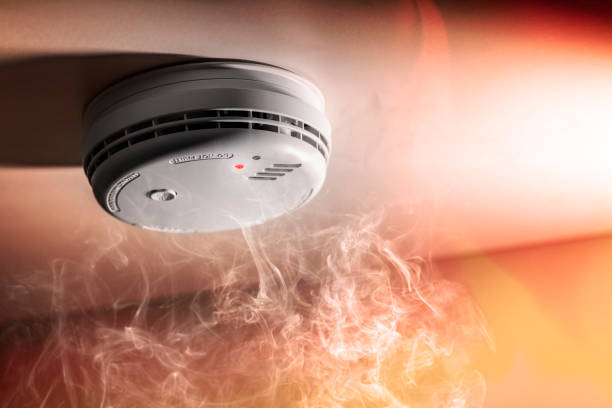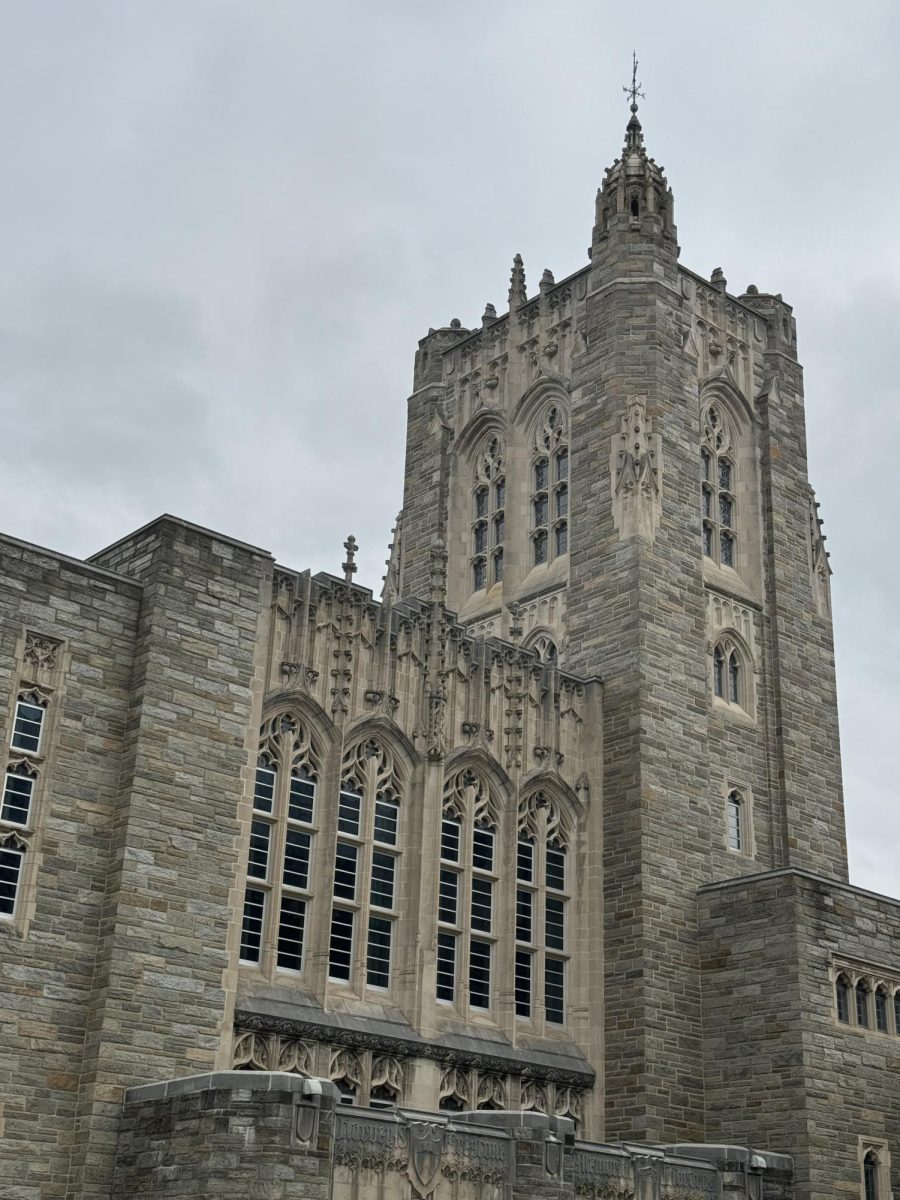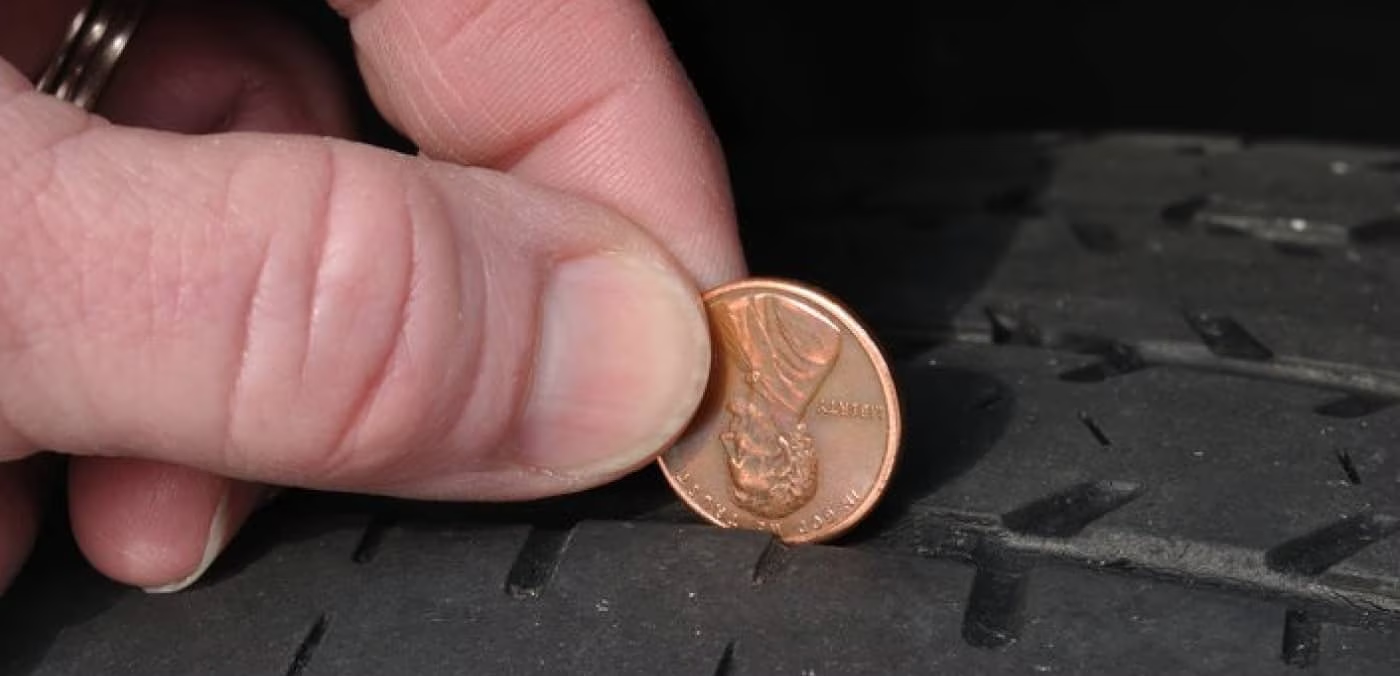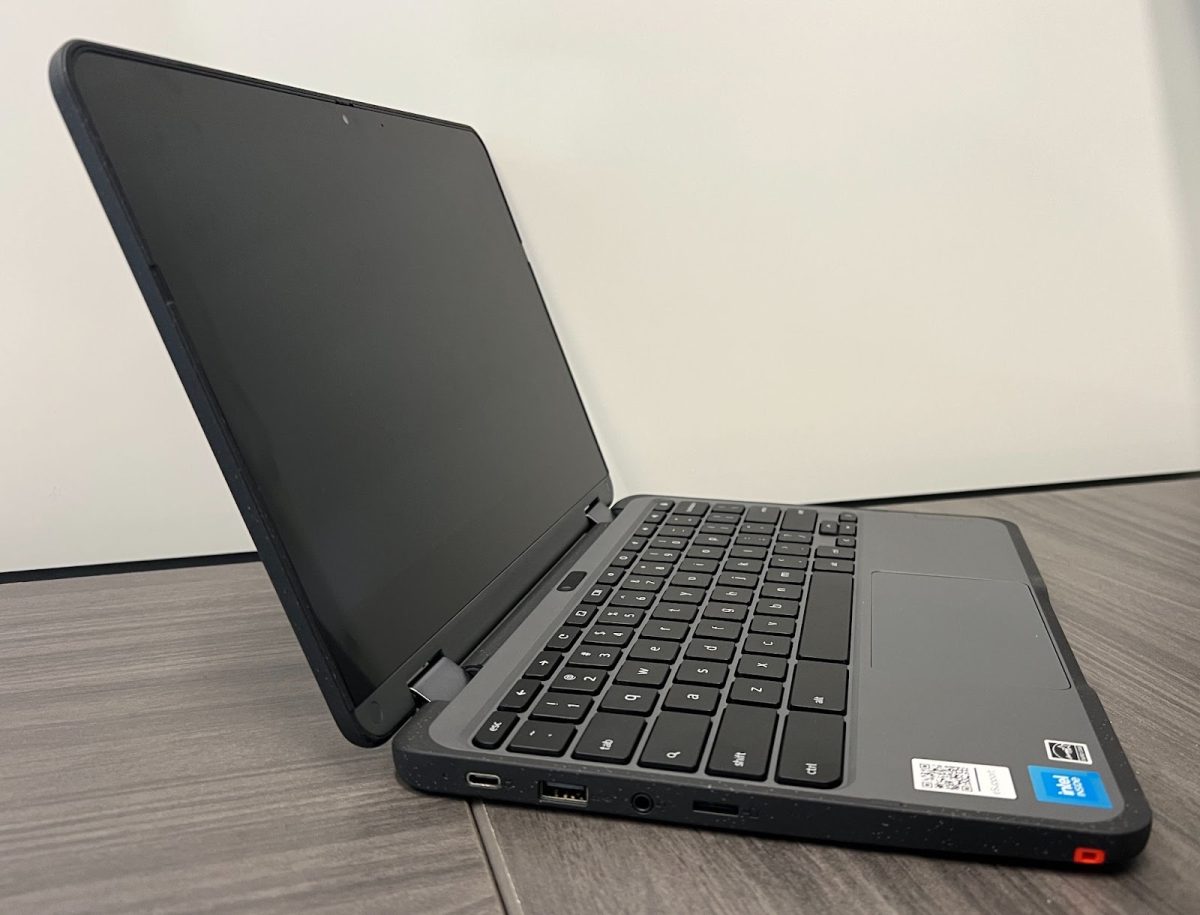Four months of school complete and ten days of relaxation in sight—winter break, a much needed vacation time, is the only thing on most students’ minds as the temperatures drop and the holiday decorations loom around every corner. Many will choose to fly and leave the regular distresses behind as they visit families, go to beaches and ski or snowboard. Regardless of destination, one thing is certain for all of those who plan on flying: airport security procedures will be unlike those most have been accustomed to.
In November, a month after a failed terrorist plot to blow up cargo planes headed to the U.S., the Transport Security Administration (TSA) added new screening procedures, including backscatted X-ray scans and newer, more detailed pat-downs to regular airport security procedures for all travelers. There are currently 400 imaging machines in nearly 70 airports worldwide.
According to a Dec. 6 article by the Los Angeles Times, the new scanners use low-level radiation to generate what looks like a nude image of the screened passengers in order to uncover weapons or smuggled goods concealed beneath clothing. The scanners, however, cannot go through the skin or expose items hidden inside the body.
Pat-downs were used before the new implementations, but the updated pat-downs—which are used when travelers refuse to go through the body scans—involve the touching of the same body parts, but with a sliding hand motion rather than the lighter touch that was used before for the objective of finding weapons and other suspicious items.
These new measures attempt to protect and monitor all airport travelers, but all of this is done at an undeserving cost. The body scans and pat-downs blatantly violate the fourth amendment—the defense from unreasonable searches and seizures.
If certain travelers exhibit suspicious behavior or partake in questionable activities, they should undeniably go through intense security, but the majority of travelers need not be exposed to such invasive equipment.
The day before Thanksgiving—one of the busiest travel days of the year—was declared “National Opt-Out Day” by an outside organization and passengers were prompted to refuse submission to the imaging machines and instead go through the more time-consuming pat-downs, prompting larger airport security lines.
However, according to the TSA’s blog, by 5 p.m., 300 had opted out of the body scans in Boston, 113 had opted out in Los Angeles, 39 people had in Atlanta and one in Charlotte. These numbers are much lower than anticipated and not sufficient enough to make a statement against the new security measures.
Travelers must protest in disagreement and firmly defend their privacy rights. Our security may be of greatest concern, but these security measures do not offer any definite solution for the problem. The measures are overbearing and highly technical, but this does not equate to a promise of catching every single possible terrorist or criminal in an airport. The TSA unreasonably treats every traveler as a possible criminal—there is no need to distrust every individual for the sake of offering protection.
Categories:
Scans, pat-downs invade travelers’ privacy
December 21, 2010
Story continues below advertisement
0
More to Discover













